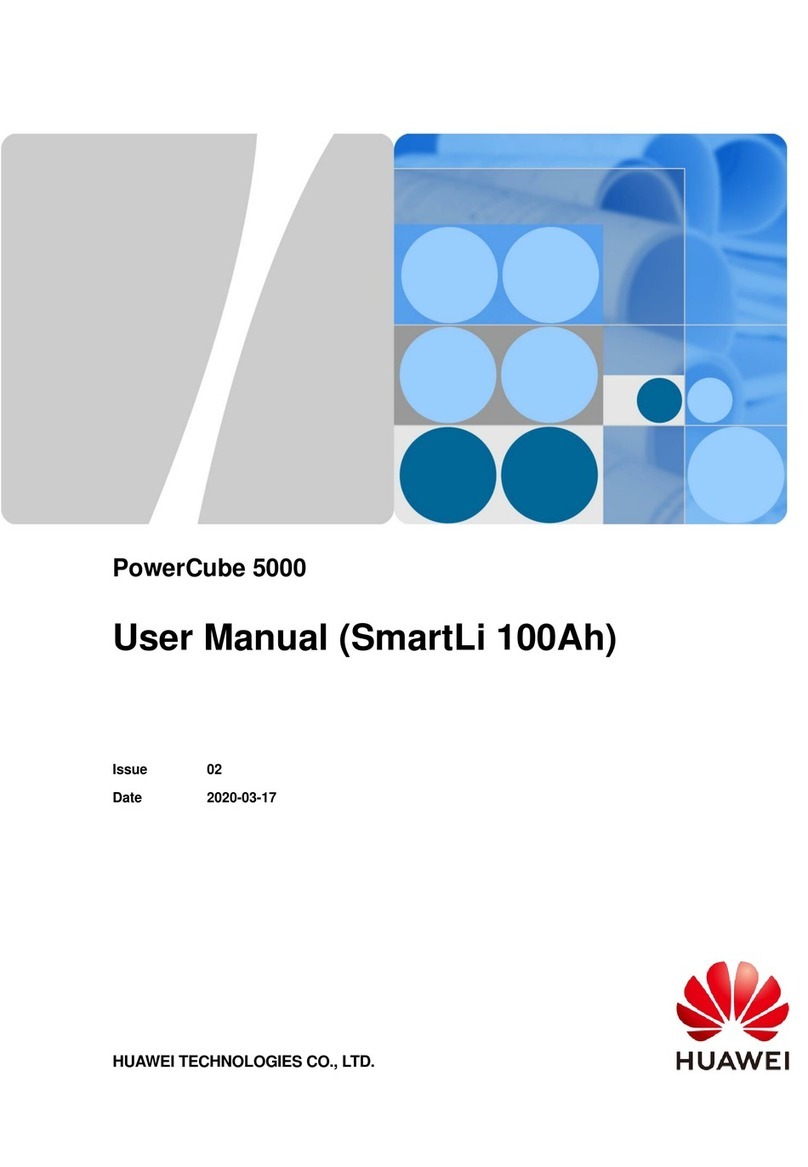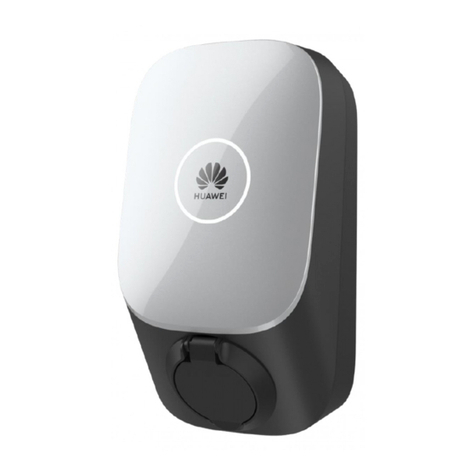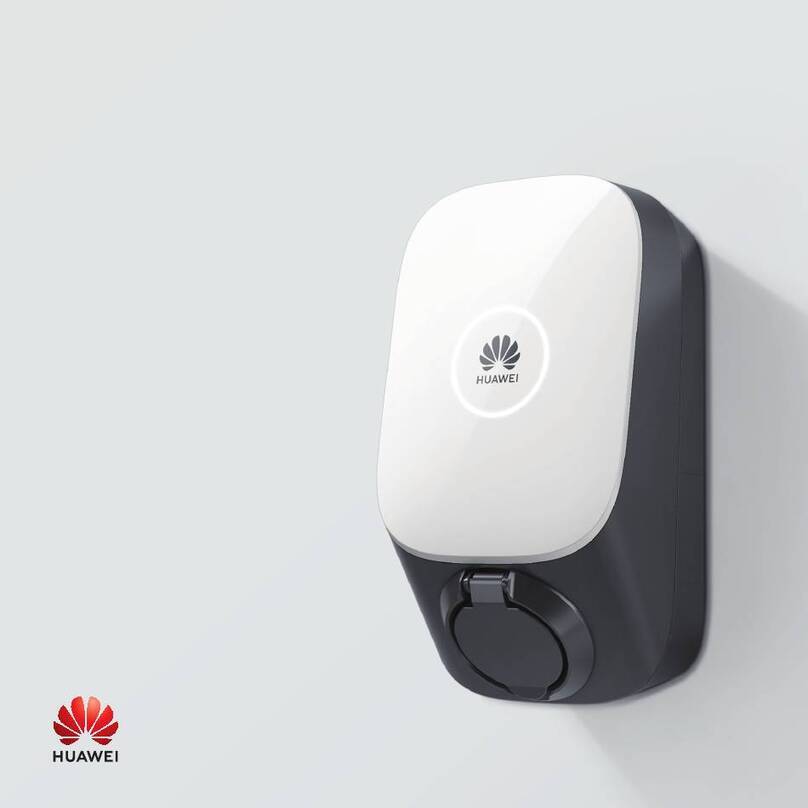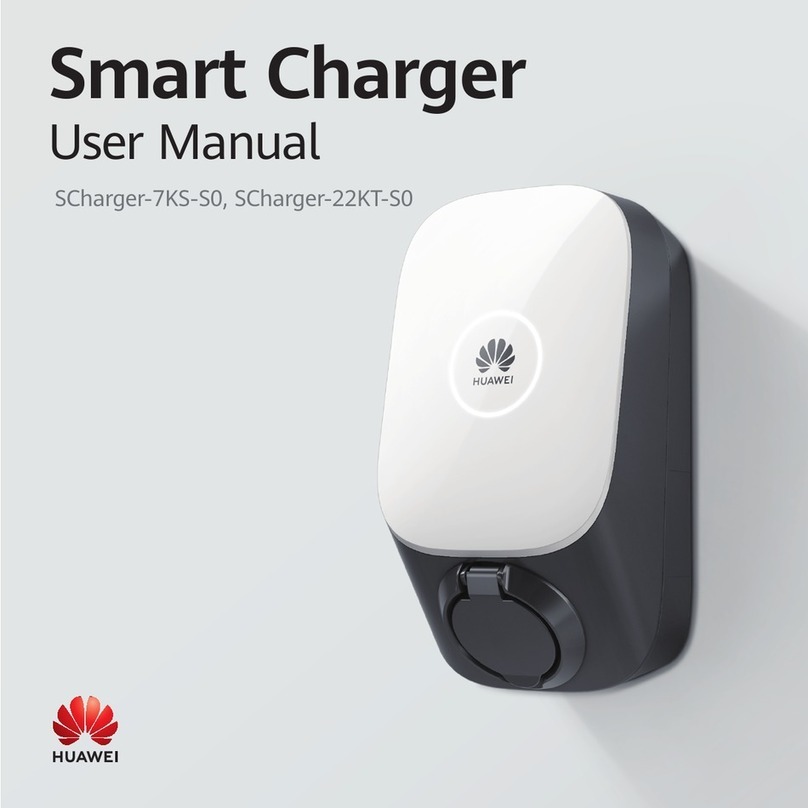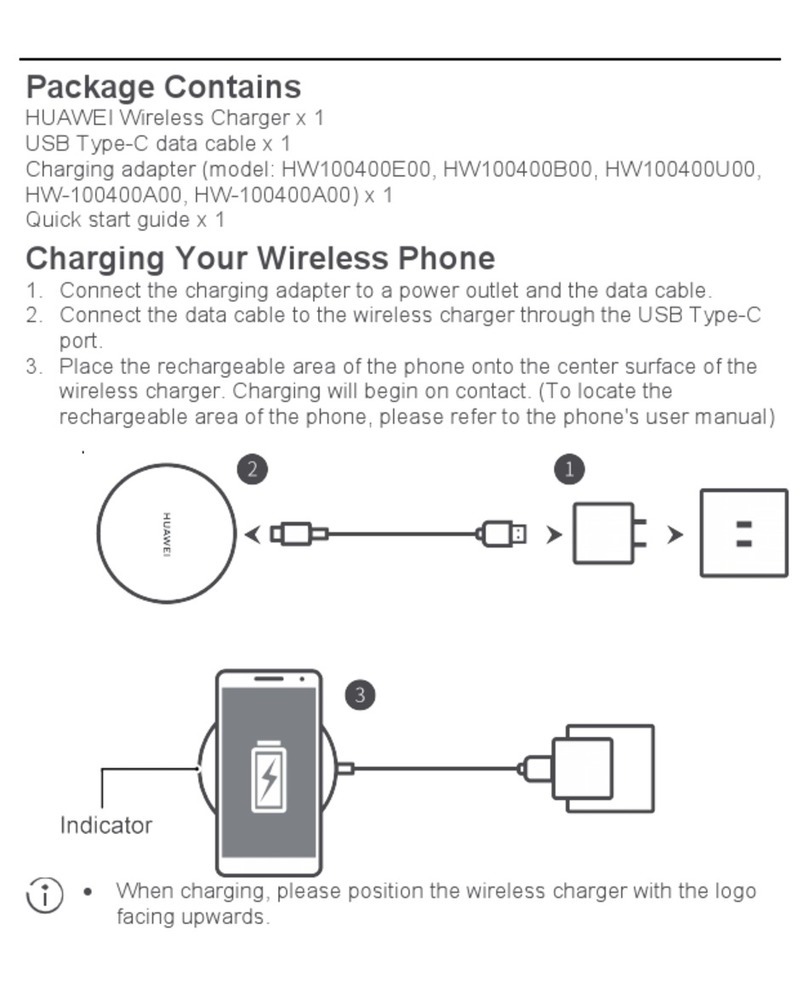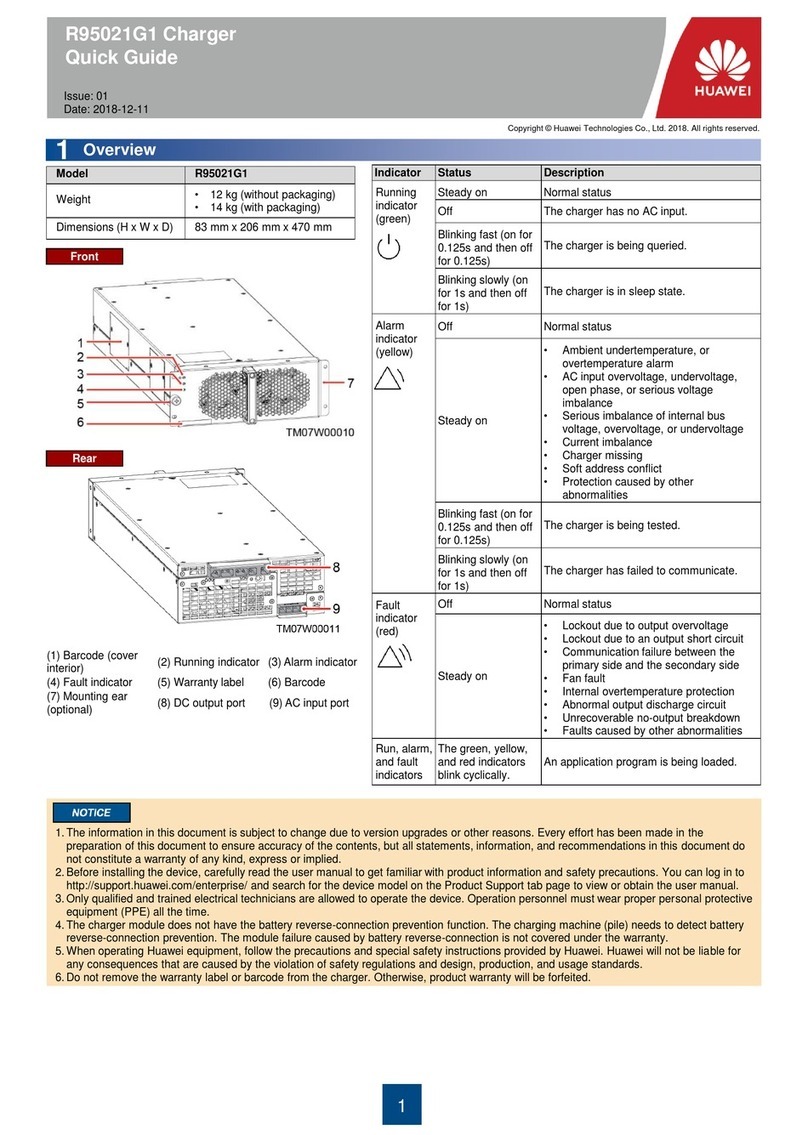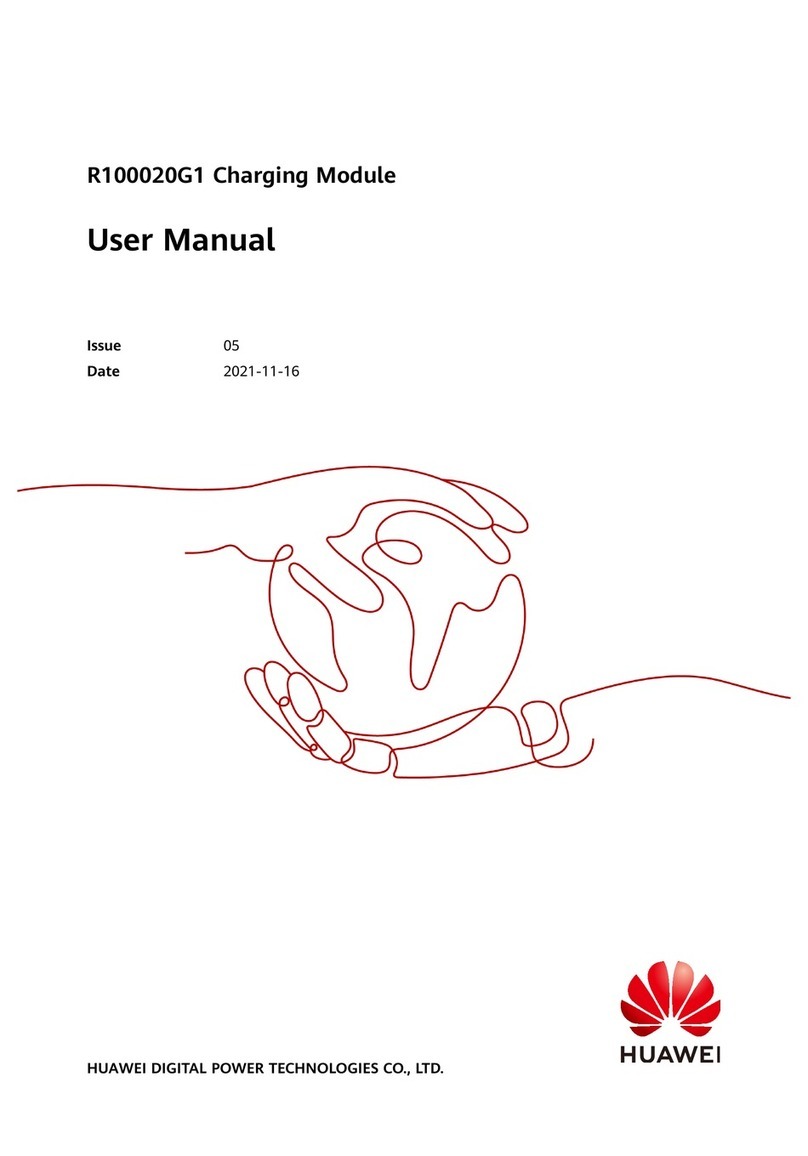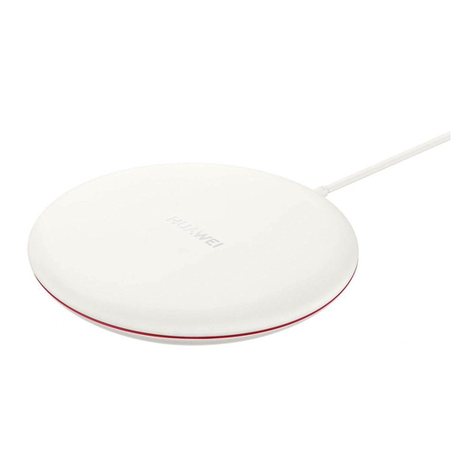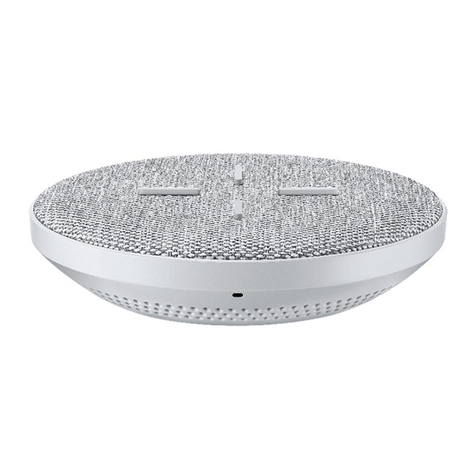
1 Safety Information
Statement
Before transporting, storing, installing, operating, using, and/or maintaining the
equipment, read this document, strictly follow the instructions provided herein,
and follow all the safety instructions on the equipment and in this document. In
this document, "equipment" refers to the products, software, components, spare
parts, and/or services related to this document; "the Company" refers to the
manufacturer (producer), seller, and/or service provider of the equipment; "you"
refers to the entity that transports, stores, installs, operates, uses, and/or
maintains the equipment.
The Danger, Warning, Caution, and Notice statements described in this
document do not cover all the safety precautions. You also need to comply with
relevant international, national, or regional standards and industry practices. The
Company shall not be liable for any consequences that may arise due to
violations of safety requirements or safety standards concerning the design,
production, and usage of the equipment.
The equipment should be used in an environment that meets the design
specications. Otherwise, the equipment may be faulty, malfunctioning, or
damaged, which is not covered under the warranty. The Company shall not be
liable for any property loss, personal injury, or even death caused thereby.
Comply with applicable laws, regulations, standards, and specications during
transportation, storage, installation, operation, use, and maintenance.
Do not perform reverse engineering, decompilation, disassembly, adaptation,
implantation, or other derivative operations on the equipment software. Do not
study the internal implementation logic of the equipment, obtain the source code
of the equipment software, violate intellectual property rights, or disclose any of
the performance test results of the equipment software.
The Company shall not be liable for any of the following circumstances or
their consequences:
● The equipment is damaged due to force majeure such as earthquakes, oods,
volcanic eruptions, debris ows, lightning strikes, res, wars, armed conicts,
typhoons, hurricanes, tornadoes, and other extreme weather conditions.
●The equipment is operated beyond the conditions specied in this document.
PV+ESS+Charger Solution
User Manual 1 Safety Information
Issue 02 (2023-01-13) Copyright © Huawei Technologies Co., Ltd. 1


